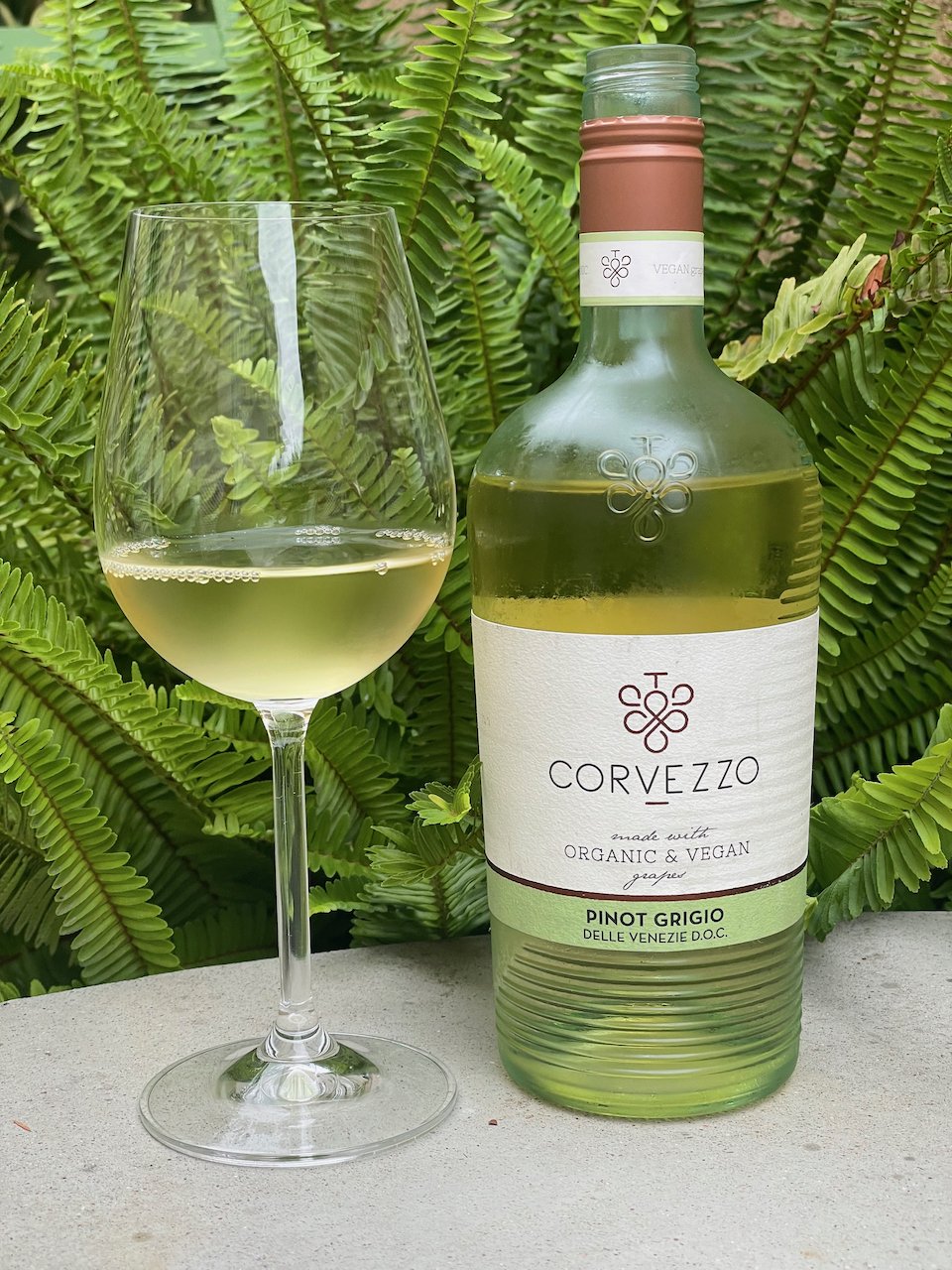It’s true that Champagne is a sparkling wine, but not all sparkling wine is Champagne.
Only sparkling wine produced in the small French region of Champagne may legally be labeled 'Champagne.' And because of this region's northern location and cool weather, three grapes have been found to grow best and hence became the basis for Champagne: Pinot Noir, Pinot Meunier and Chardonnay. To this day, most Champagne relies on these grapes. But, Champagne producers are also allowed to use Pinot Blanc, Pinot Gris, Petit Meslier and Arbane. When these latter grapes are used, they are typically used in very small quantities.
Champagne is actually a blended white wine that undergoes a second fermentation. Once each of the individual wines are produced, they are blended per the winemaker's liking and bottled. After the wine is bottled, a small amount of sugar and yeast is added to the bottle and then each individual bottle is tightly corked. As the newly introduced yeast consumes the added sugar, it gives off carbon dioxide (CO2). Since the CO2 gas has nowhere to go, it stays in the bottle and is absorbed into the wine. Then, when the cork is removed from the bottle, the gas is able to 'escape' from the wine. These are the famous bubbles in Champagne. And generally, the bubbles in Champagne are smaller and longer lasting than other sparkling wines.
Unlike most wines, Champagnes are produced as both vintage and non-vintage. The non-vintage Champagnes allow the winemaker to select and blend grapes from different vintages (i.e., years) to achieve the best flavors. But, when there is a particularly good year for the grapes, the Champagne may be vintage bottled and usually commands a higher price.
So, just remember…all Champagne is sparkling wine, but not all sparkling wine is Champagne. Cheers!



